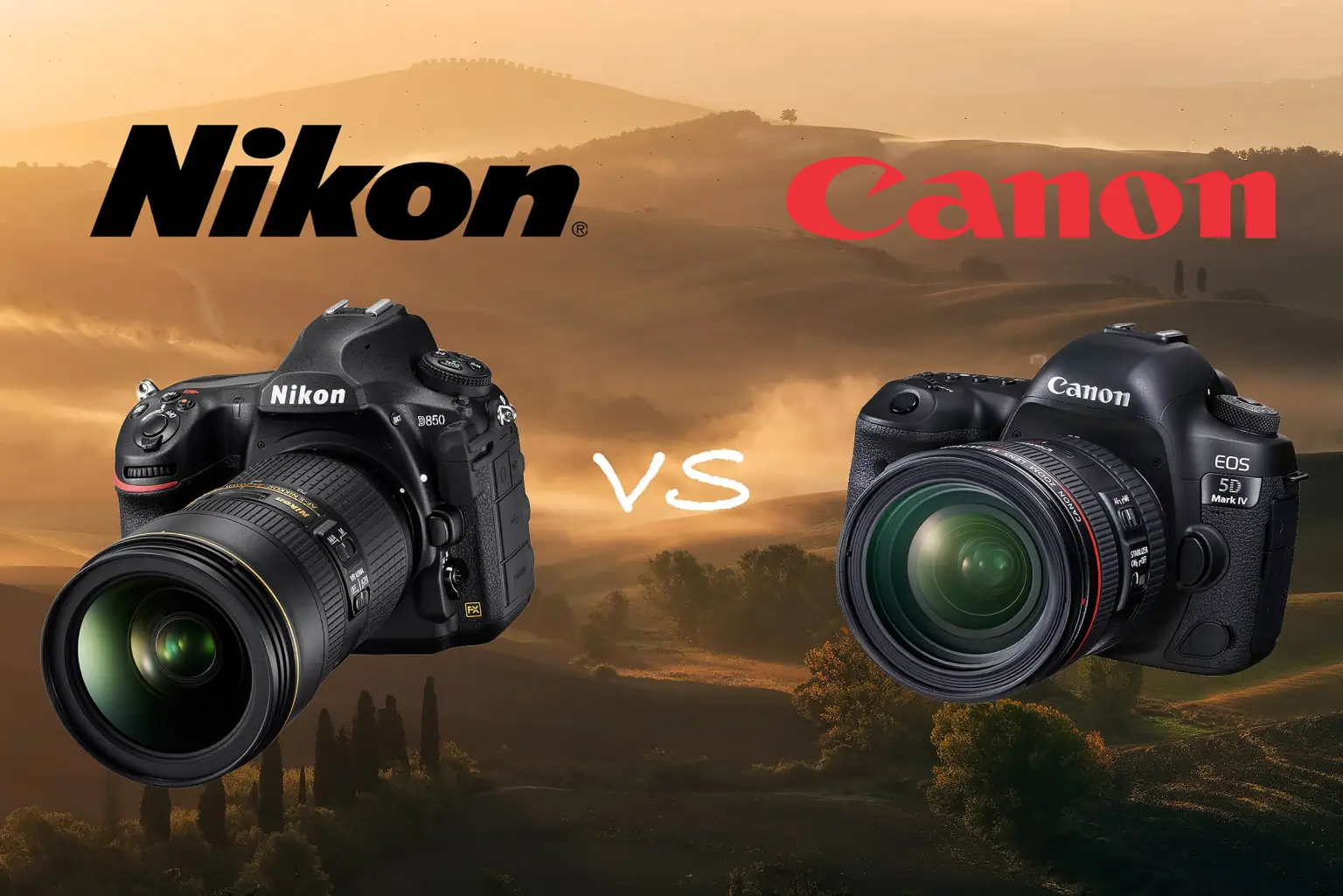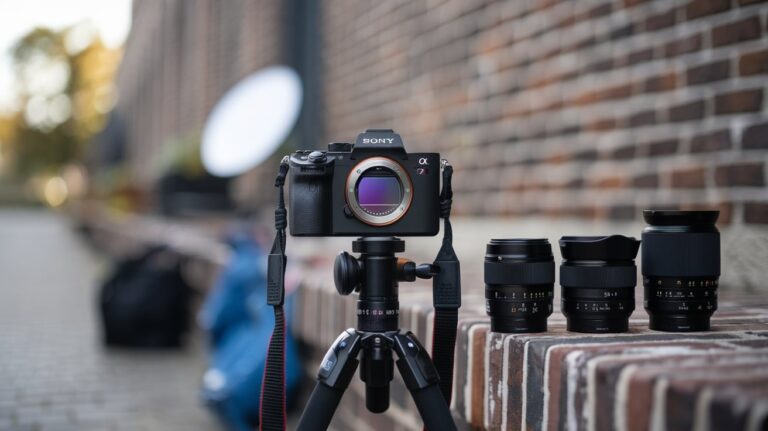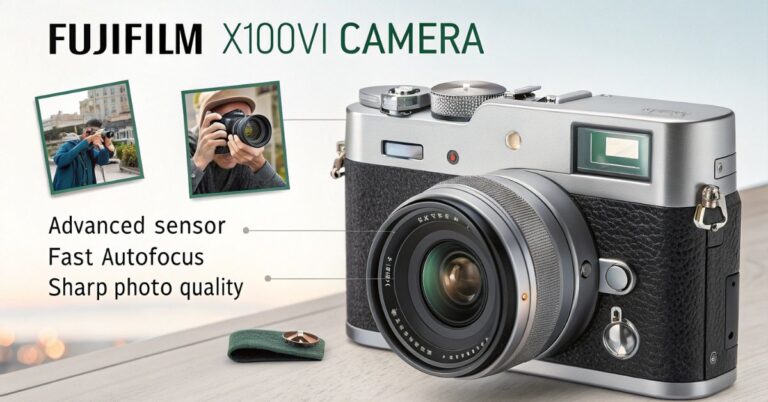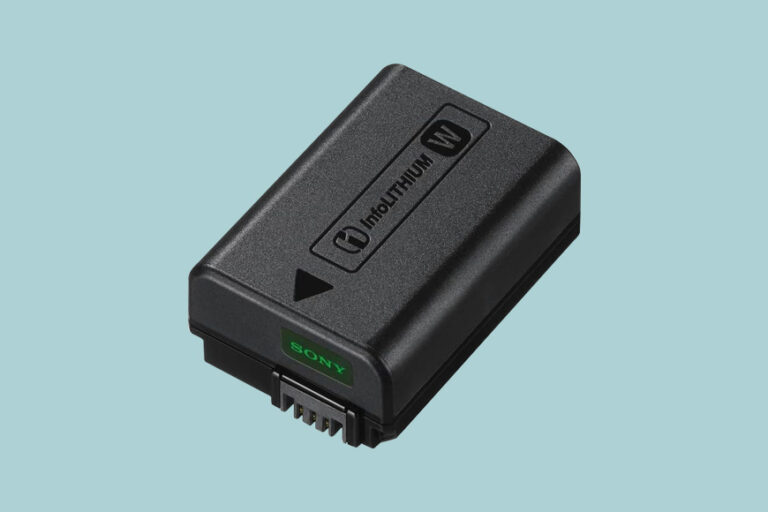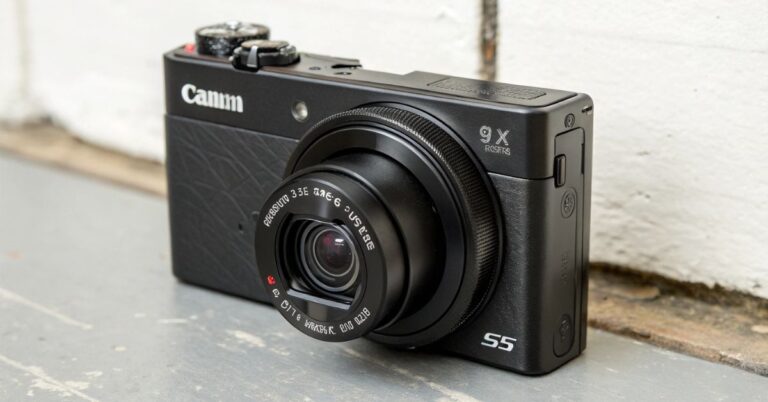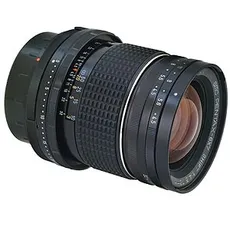Nikon is Better Than Canon: The In-Depth 2025 Photographer’s Guide
When it comes to photography debates, few rival the age-old clash between Nikon and Canon. Both brands have legendary reputations, loyal fan bases, and decades of innovation behind them. But here’s the truth, when you look closely at image quality, lens variety, build strength, and real-world performance, Nikon often edges ahead.
Whether you’re a beginner chasing your first perfect shot or a pro pushing creative boundaries, there are solid reasons why Nikon might just be the smarter choice. In this guide, we’ll dig deep, compare specs and usability, and uncover why Nikon stands out in ways Canon can’t quite match.
Why the Nikon vs Canon Debate Still Matters in 2025
For decades, photography circles have been filled with one heated debate: Nikon or Canon? Both brands have shaped the industry, inspired millions of photographers, and pushed camera technology forward. But in 2025, many professionals and enthusiasts are finding that Nikon is better than Canon in several crucial areas.
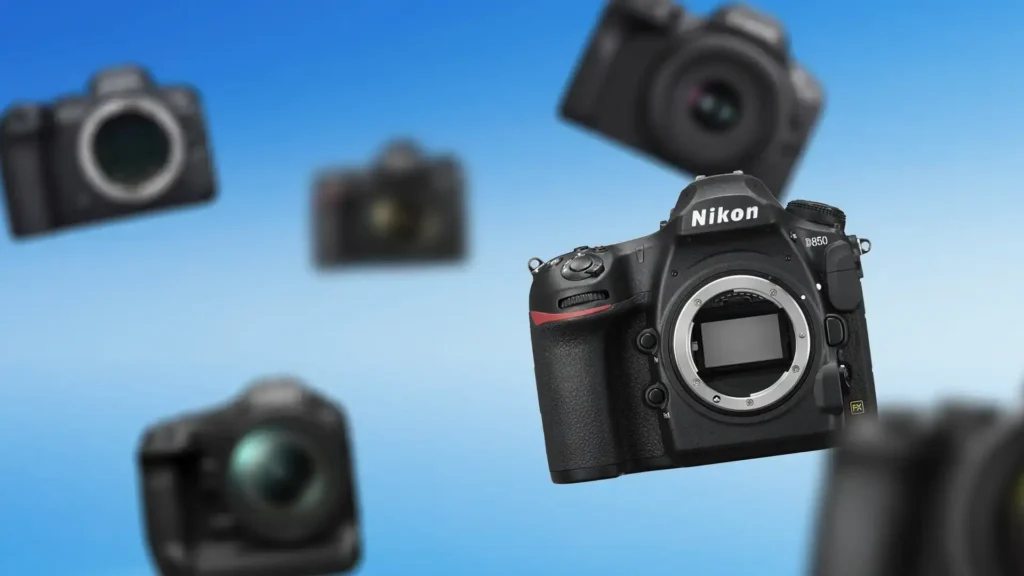
From sensor design to lens performance, Nikon’s approach continues to resonate with those seeking uncompromising quality and value. This isn’t about brand loyalty, it’s about identifying which system delivers more for photographers today and in the years ahead.
Nikon’s Image Quality Edge: A Technical Deep Dive
When photographers talk about image quality, they usually mean three things: sharpness, dynamic range, and color accuracy. In all three, Nikon consistently delivers a noticeable advantage.
Sensor Design and Dynamic Range
Nikon has long been praised for its use of Sony-manufactured sensors in many of its models. These sensors often lead the market in dynamic range, the ability to capture detail in both shadows and highlights. Independent tests from sites like DxOMark show Nikon cameras frequently outperforming their Canon counterparts in this area.
Low-Light Performance
Photographing in dim environments can be a nightmare for some systems, but Nikon excels here. The high ISO performance of Nikon cameras allows for clean, detailed shots without excessive noise, making them perfect for wedding receptions, indoor events, and night street photography.
Color Science
While Canon is known for warmer tones, Nikon’s colors often feel more true-to-life. For landscape photographers, this means greens, blues, and reds that match the real scene. Portrait shooters appreciate Nikon’s natural skin tones that require less post-processing.
Autofocus Precision: Nikon’s Quiet Game-Changer
In recent years, Nikon has quietly made huge strides in autofocus technology, particularly with its mirrorless Z-series cameras.
Subject Tracking
Wildlife and sports photographers rely on flawless subject tracking. Nikon’s Real-Time Tracking and Eye-Detection AF systems lock onto subjects with impressive accuracy, even in challenging light.
Eye-Detection Across Subjects
Unlike older systems that focused mainly on human eyes, Nikon’s modern autofocus recognizes and locks onto animal eyes, a crucial feature for nature photographers.
Performance in Low Light
Autofocus tends to falter when the light drops, but Nikon’s AF system remains responsive, offering accurate focusing in conditions where Canon models sometimes struggle.
Lens Ecosystem: Why Nikon Glass Wins for Many Shooters
Nikon’s lens collection is a perfect mix of time-tested craftsmanship and modern technology. Whether you’re after the dreamy bokeh of a prime lens or the flexibility of a zoom, Nikon has you covered. Iconic options like the 85mm f/1.4 deliver stunning portraits, while workhorse zooms such as the 24-70mm f/2.8 handle everything from landscapes to events with ease. Many Nikon lenses are impressively sharp even when used wide open, often outshining similar Canon models.

For those who love shooting outdoors, Nikon lenses are built tough, with weather sealing that can handle rain, dust, and even freezing conditions. On top of that, Nikon’s openness to third-party makers means brands like Sigma and Tamron produce excellent, budget-friendly lenses that work beautifully with Nikon cameras. This combination of quality, durability, and choice is why so many photographers stick with Nikon.
Video Capabilities: More Than Just Specs on Paper
While Canon was long considered the go-to for video, Nikon’s recent advancements have turned heads in the filmmaking community.
- No Crop 4K Recording – Many Nikon models let you shoot in 4K without the big crop that Canon often applies in similar price ranges, giving you a wider field of view.
- Advanced Video Features – With tools like 10-bit internal recording, N-Log, and even ProRes RAW on some models, Nikon is now a real choice for hybrid shooters who do both photos and videos.
- Improved Autofocus in Video – While older Nikons struggled here, the newer Z-series delivers smooth, reliable autofocus in video mode, making it suitable for pro-level filming.
Ergonomics & User Experience: The Feel in Your Hands
Photographers spend hours holding their cameras, so comfort matters. Nikon has refined the physical shooting experience in ways Canon hasn’t always matched.
Grip Design
Nikon grips tend to be deeper and more comfortable, reducing hand fatigue during long shoots.
Button Layout & Customization
Well-placed buttons and customizable controls let photographers work faster and more intuitively.
Menu Navigation
Nikon’s menu system is straightforward and logically organized, making it easier to adjust settings on the fly.
Value for Money: Stretching Your Photography Budget
Photography gear can be expensive, but Nikon often delivers more features for the price.
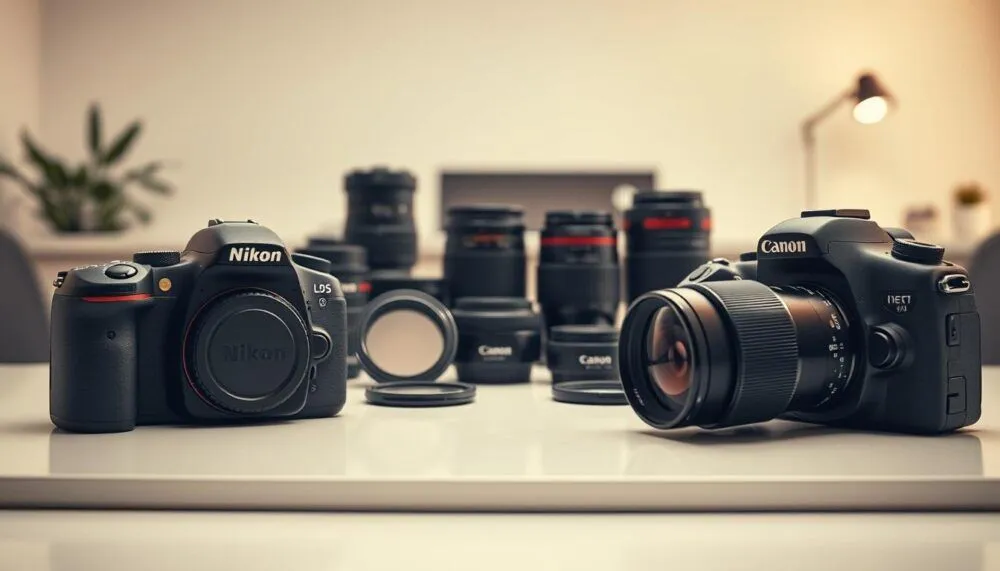
Price-to-Performance
When comparing similar models, Nikon frequently offers better specs, such as higher resolution sensors or better dynamic range, at lower prices than Canon.
Resale Value
Nikon cameras and lenses tend to hold value well, particularly pro-level gear, making upgrades more affordable in the long run.
Upgrade Path
The Z-mount system has been designed with the future in mind, ensuring that today’s purchases will remain relevant for years.
Real-World Photographer Testimonials & Case Studies
Sometimes, the best way to compare cameras isn’t by looking at numbers on a chart, it’s by hearing from photographers who’ve actually used them in the field.
Take wildlife photographer Jane Ellis for example. She moved over to Nikon after struggling with autofocus on her old Canon. Since switching, she says her camera locks onto moving animals much faster, and her “keeper rate” (the number of good shots she gets) has doubled.
Wedding photographer David Cho also swears by Nikon, especially when shooting in dark venues. He says the low-light performance is so good that it saves him hours of editing afterward, because the images come out cleaner straight from the camera.
And then there’s sports photographer Chris Valdez, who captures fast-moving action on the field. He loves Nikon’s high frame rate and spot-on autofocus, saying it’s the difference between getting the perfect goal shot or missing it entirely.
The Future of Nikon: Why It’s Poised to Stay Ahead
Mirrorless Innovations
Nikon’s Z-series keeps growing, and it’s not just about adding more lenses; it’s about making them smarter and sharper. The latest models bring improved autofocus that feels almost instant, making it easier to capture those perfect, split-second shots. Whether you’re shooting portraits, landscapes, or fast-moving subjects, the Z-series is proving that mirrorless cameras can truly rival, and sometimes outshine, traditional DSLRs.
AI Integration
It looks like Nikon is gearing up for the next big leap with artificial intelligence. Early patents and insider buzz suggest they’re working on AI tools that can recognize subjects faster and even adjust settings automatically for the best shot. Imagine your camera knowing the difference between a bird in flight and a sunset, and tweaking everything on its own to make the photo perfect, that’s the kind of future Nikon seems to be building.
Industry Recognition
Nikon’s efforts haven’t gone unnoticed. They’ve recently won top honors from both TIPA and EISA, two of the most respected photography award organizations. These awards highlight Nikon’s forward-thinking approach and solidify their position as one of the leaders in camera innovation. It’s a nod from the industry saying, “Yep, you’re doing it right.”
Final Verdict: Is Nikon Truly the Better Choice?
Based on sensor performance, autofocus accuracy, lens quality, ergonomics, and value, there’s a compelling case that Nikon is better than Canon in 2025. While Canon still shines in certain areas, particularly in its video heritage, Nikon offers a more balanced, future-ready platform for photographers who want top performance without compromises.
FAQs
Is Nikon better than Canon for beginners?
Yes. Nikon’s entry-level cameras often have better image quality and ergonomics, making them easier to learn and use.
Which brand is better for wildlife photography?
Nikon’s advanced autofocus and long-lens options make it a top choice for wildlife shooters.
Why do professionals choose Nikon?
Pros appreciate Nikon’s dynamic range, color accuracy, and rugged build quality.
Are Nikon lenses cheaper than Canon?
Not always, but Nikon often offers higher optical quality at the same price point.
Is Nikon better for video?
With recent improvements, Nikon now competes strongly with Canon in video, especially for hybrid photo-video creators.
